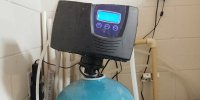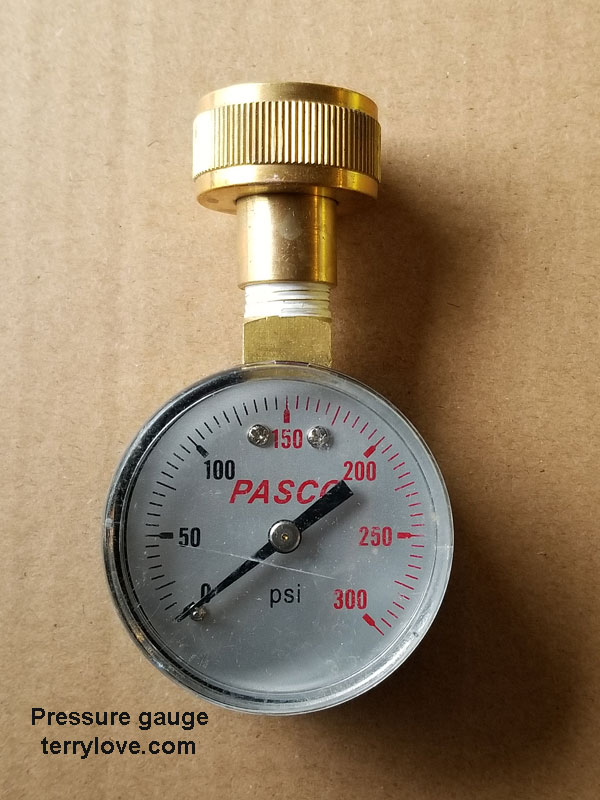Working the math... I estimated about 15 gallons of water in 10x54 inch tank. That is a little high due to resin displacement, I know. That is 1920 ounces.
If I presume 6.25% bleach (62500 ppm), and estimating I want about 6 ppm of bleach, that comes to 0.18432 oz or 1.10592 teaspoons.
After that, I think my 6 ppm was low, so maybe I would bump that up. I would like to hear from others how much bleach would be best. I know that Fleck suggests 1.2 fluid ounces of bleach into the brine tank for the first regen, for each cubic ft of resin. You can still do that after the direct-to-tank bleaching. It does put the numbers in perspective. However the bleach in the brine tank is only in contact with the resin for a short time before getting rinsed through. The stuff you add to the resin tank will be there for maybe a week.
On the other hand, bleach will get weaker as it does its job. So what starts as 6 ppm could be exhausted fairly soon.
I would also add an acid such as white vinegar or citric acid. If vinegar, I would maybe go 1 tablespoon (3 teaspoons) but I doubt more would hurt. I would not add the bleach and acid together (generates chlorine gas) , but I would add some bleach, and follow with acid or vice versa.
I would siphon water, maybe from inside the distributor tube (with tubing that was 3/8 to 5/8 OD) into a container.
How to distribute the bleach and vinegar through the tank? Maybe siphon a bucket of water. Pour into the tank outside of the distributor tube. Repeat several times. If I had a suitable pump, I could use that instead.



